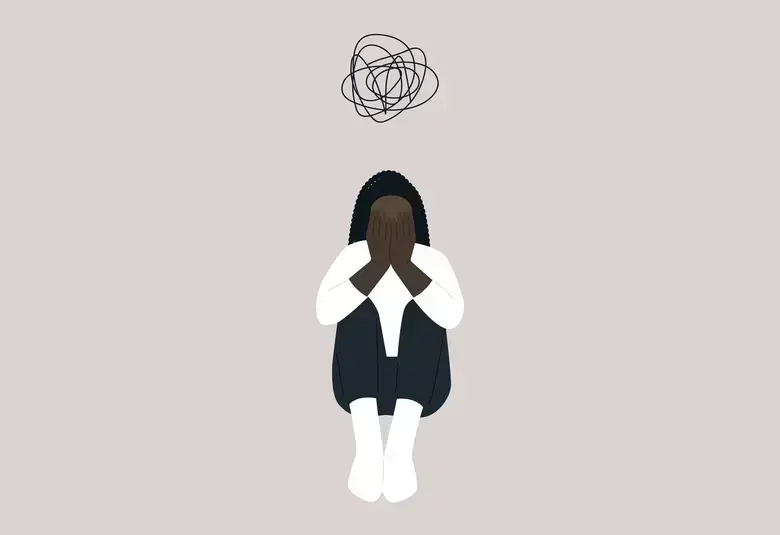Migraine is associated with a substantial economic cost, yet is underdiagnosed and undertreated, and often aggravated by medication overuse. New effective and safe preventive therapies are now available and promise to transform the lives of patients with migraine. Patient eligibility for these new preventives and the treatment goals were discussed at a satellite symposium at EAN 2021.
Migraine is associated with substantial socioeconomic burden,1 said Professor Zaza Katsarava, University of Essen-Duisberg, Germany. So, there is no doubt that migraine should be treated.
Migraine is underdiagnosed and undertreated
Who is eligible for migraine preventive therapy?
A patient with migraine is eligible for preventive treatment if they experience at least 4 monthly headache days/month resulting in some disability. This is according to the American Headache Society (AHS) consensus position statement on integrating new migraine treatments into clinical practice.2
However, migraine is underdiagnosed and undertreated,2,3 with only 2–14% of patients eligible for preventive therapy receiving a preventive.4
Less than 14% of patients eligible for preventive therapy receive a preventive
What are the goals of preventive treatment?
Professor Hans-Christoph Diener, University of Essen-Duisberg, Germany explained that the goals for migraine preventive treatment include:
- Reduction in the frequency of migraine episodes
- Reduction in the severity of episodes
- Shorter duration of attacks
- Fewer non-headache symptoms
- Reduced use of acute medication2
Therapies targeting calcitonin gene-related peptide are meeting the goals for preventive therapy
He highlighted evidence demonstrating that new therapies targeting calcitonin gene-related peptide (CGRP) are meeting the goals of preventive therapy.5 In patients with episodic or chronic migraine, anti-CGRP monoclonal antibody:
- Reduces the frequency of migraine headache days6
- Reduces headache severity7
- Reduces headache duration7
- Alleviates migraine-related symptoms8
- Potentially alleviates disabling non-pain symptoms6
The challenge of medication overuse
Medication overuse worsens migraine
The management of patients with migraine is complicated by medication overuse.
In the United States, 23% of people with chronic headache use acute medications every day,9 and approximately 15% of people with migraine meet the criteria for medication overuse,10 said Professor Diener.
It is important to address any medication overuse when managing patients with migraine, he added, because of its association with medication overuse headache, disability, and migraine progression,10 a lower quality of life,11 and higher socioeconomic cost.12
This satellite symposium was funded by Teva.
For the latest updates on sea.progress.im, subscribe to our Telegram Channel https://bit.ly/telePiM
Our correspondent’s highlights from the symposium are meant as a fair representation of the scientific content presented. The views and opinions expressed on this page do not necessarily reflect those of Lundbeck.




